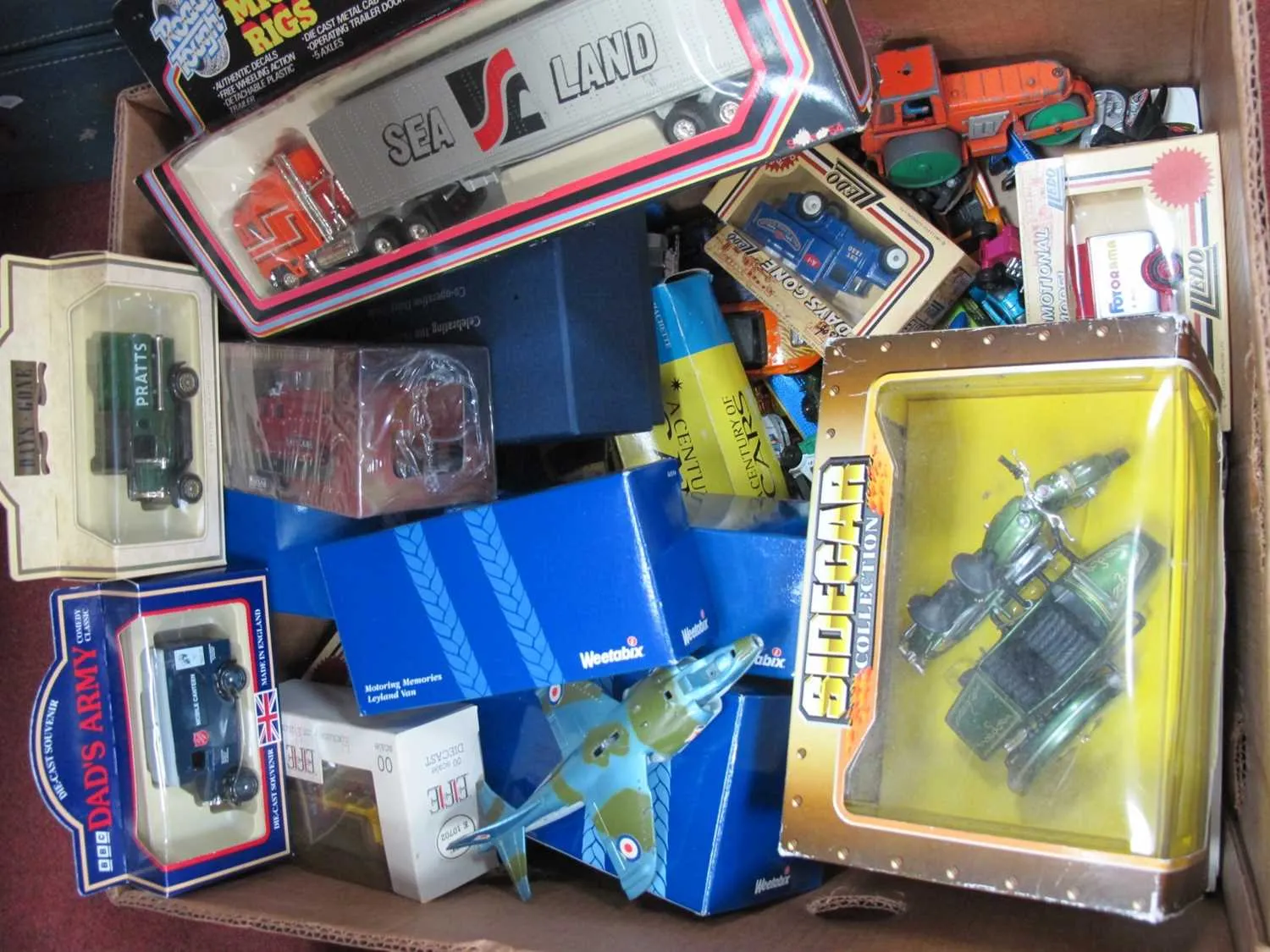What to Look for When Buying Diecast Models
Buying diecast models can be an incredibly rewarding hobby, but it’s also easy to make mistakes if you’re not informed. Whether you’re a seasoned collector or a complete novice, knowing what to look for will significantly enhance your collecting experience and ensure you get the best value for your money. This guide provides essential tips for diecast model buyers, helping you navigate the world of miniature vehicles with confidence. From understanding scale and accuracy to knowing where to find the best deals, we’ll cover everything you need to know to make informed decisions.
Scale and Accuracy
Scale and accuracy are fundamental aspects of diecast model collecting. The scale of a model determines its size relative to the real-life vehicle. Common scales include 1 18, 1 24, 1 43, and 1 64, each offering a different level of detail and size. Larger scales like 1 18 often allow for more intricate detailing, making them popular among collectors who prioritize realism. Accuracy, on the other hand, refers to how closely the model replicates the original vehicle. This includes the shape, proportions, and features of the car. High-quality models strive for exceptional accuracy, paying close attention to every detail, from the body lines to the interior components. This focus on accuracy is what makes a diecast model truly valuable.
Understanding Different Scales
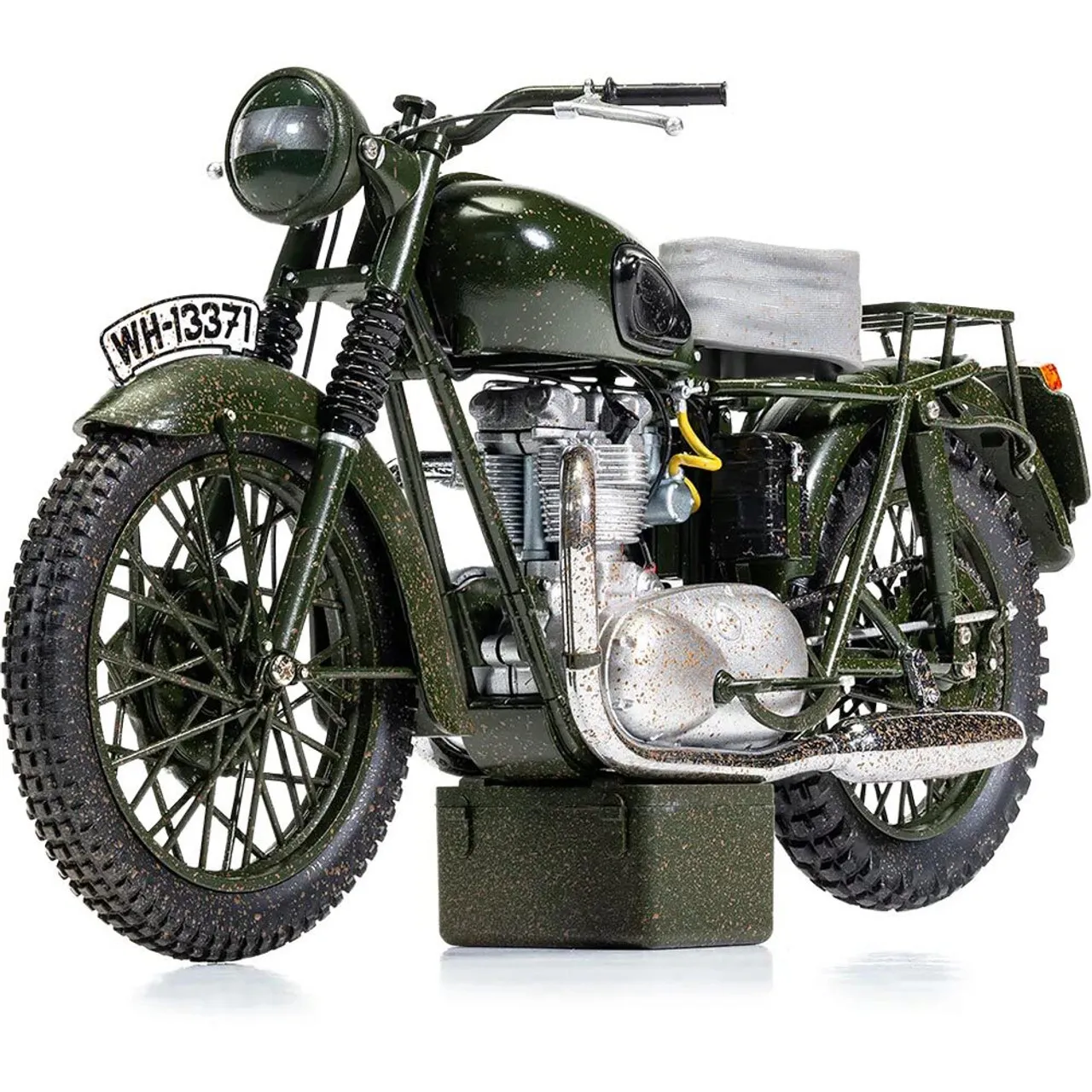
Different scales cater to different preferences and collecting goals. 1 18 scale models are larger and more detailed, making them ideal for showcasing intricate features. 1 24 scale models offer a balance between size and detail, often being more affordable and easier to display. 1 43 scale models are smaller, making them suitable for collectors with limited space or those who prefer to amass a large collection. 1 64 scale models are even smaller and are often used for entry-level collecting or for those who enjoy a wide variety of models. The choice of scale often depends on personal preference, display space, and budget. Consider what type of details are most important to you and the amount of space you have available when choosing a scale.
Importance of Accurate Detailing
Accurate detailing is what separates a good diecast model from a great one. Look for models with finely crafted features like realistic paint jobs, detailed interiors, and accurate badging. Check the wheels, tires, and brakes for authenticity. Examine the engine bay for realistic engine components, wiring, and other details. The level of detail can significantly impact the overall value and collectibility of the model. Reputable manufacturers invest heavily in ensuring their models are as true to life as possible. Pay close attention to how well the model captures the essence of the real vehicle, from the subtle curves of the body to the intricate details of the interior. The more accurate the detailing, the more desirable the model is likely to be.
Material and Build Quality
The materials used and the build quality of a diecast model directly impact its durability, appearance, and value. Diecast models are typically made of a combination of diecast metal (usually zinc alloy) and plastic components. High-quality models use more metal and superior quality plastics. The paint finish should be smooth and even, without any imperfections. The moving parts, such as doors, hoods, and wheels, should operate smoothly and align correctly. The build quality ensures that the model will last for years. Inspect the model closely for any signs of poor craftsmanship, such as misaligned parts, gaps, or rough edges. Investing in models with excellent material quality and build construction will be a worthwhile investment.
Diecast Metal vs. Plastic
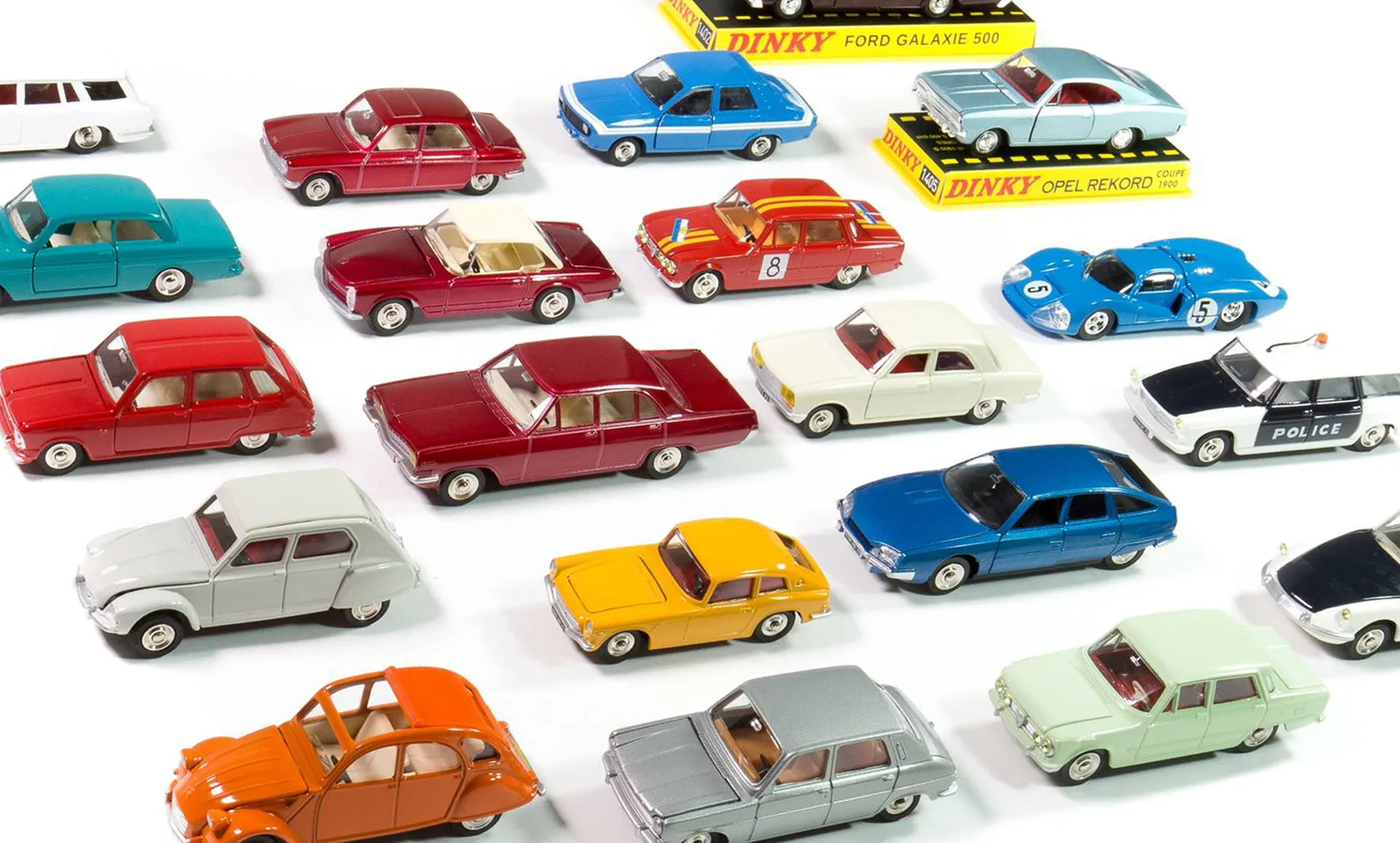
The primary material in diecast models is diecast metal, which gives them weight and a realistic feel. However, plastic components are also used for various parts, such as the interior, chassis, and some exterior details. The proportion of metal versus plastic can vary depending on the model. High-end models often feature a higher percentage of metal, contributing to their superior build quality and perceived value. Ensure that the metal parts are solid and free of defects. Plastic components should be durable and well-fitted. A good balance of metal and high-quality plastic ensures that the model looks and feels premium.
Checking for Imperfections
Before purchasing a diecast model, carefully inspect it for any imperfections. Look for scratches, dents, or paint blemishes on the body. Check the wheels and tires for any defects. Examine the windows and interior for any dust or damage. Make sure that all the moving parts (doors, hoods, wheels) function correctly. The absence of imperfections is a good indicator of the model’s quality and value. Even minor imperfections can detract from the overall appearance and potentially affect the model’s resale value. Taking the time to thoroughly inspect the model ensures that you’re getting a product that meets your standards.
The Value and Rarity Factor
The value of a diecast model is determined by several factors, including its rarity, condition, brand reputation, and market demand. Rare models, limited editions, and those from discontinued lines often command higher prices. The condition of the model is also crucial; models in mint condition with their original packaging are generally more valuable. Brand reputation plays a significant role, with well-known manufacturers like CMC, Autoart, and Minichamps often associated with higher quality and value. Market demand fluctuates, and certain models become more sought after over time. Researching the market and understanding the factors that influence value will help you make informed decisions when buying diecast models.
Researching Model Availability
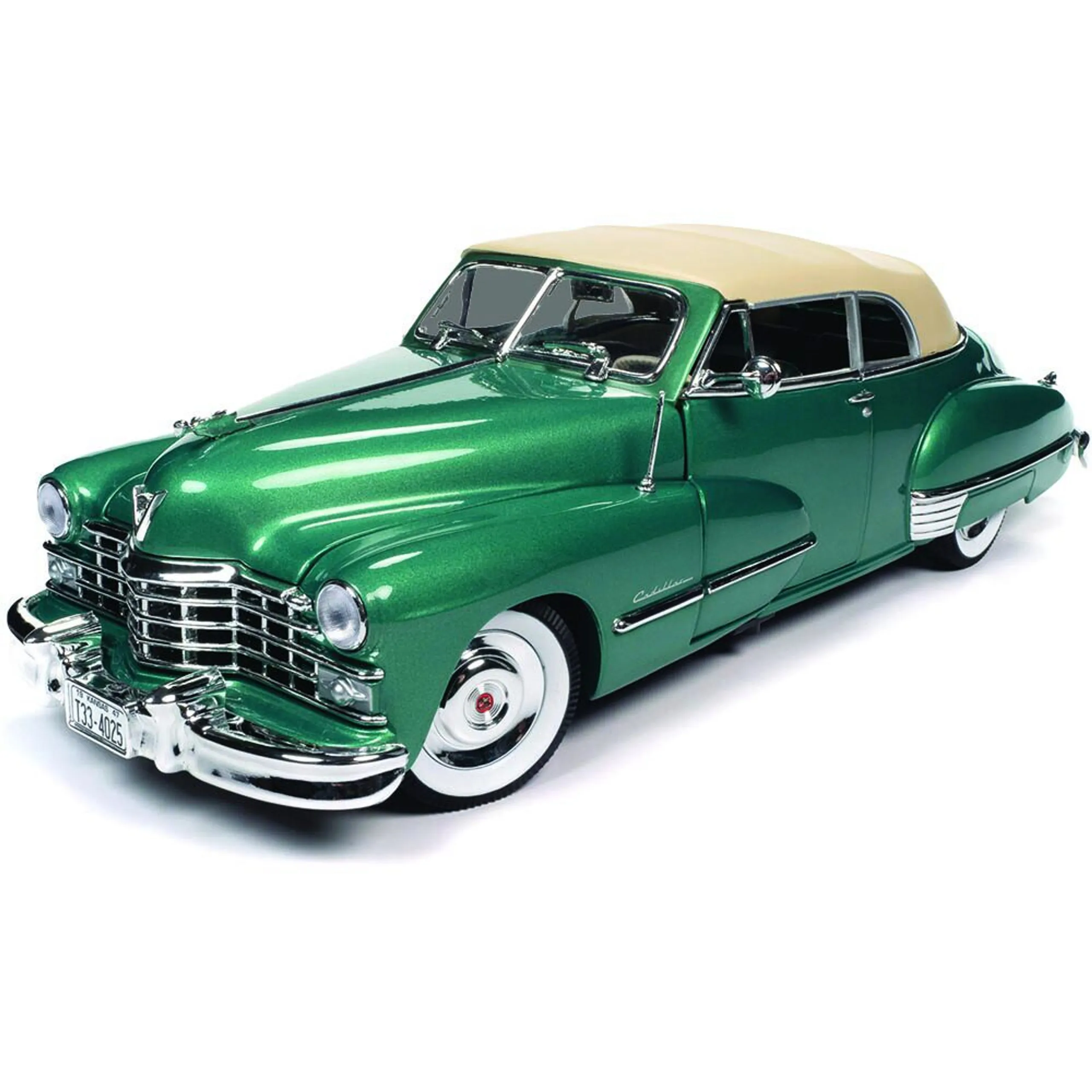
Before buying a diecast model, research its availability. Determine if the model is still in production or if it’s a limited edition. Check online marketplaces, hobby shops, and auction sites to gauge its current market value. Models that are no longer in production are generally more valuable than those that are readily available. Pay attention to the manufacturer’s release dates and production numbers to assess the model’s rarity. Knowing how accessible a model is will influence your buying strategy and help you make a fair offer. This research will help you avoid overpaying and identify potential investment opportunities.
Assessing Model Condition
The condition of a diecast model significantly impacts its value. Mint condition models with original packaging are the most desirable. Look for models that are free from scratches, dents, or other imperfections. Check that all the parts are intact and that moving components function correctly. Assess the condition of the packaging, as it also contributes to the overall value. Models that have been well-preserved are more valuable and can provide greater enjoyment. If buying a used model, carefully examine it under good lighting and, if possible, request additional photos. The more pristine the condition, the better your investment.
Where to Buy Diecast Models
Finding the right place to buy diecast models is just as important as knowing what to look for in a model. There are various options available, each with its advantages and disadvantages. Online marketplaces offer a vast selection and convenience, while local hobby shops provide personalized service and the opportunity to build relationships. Choosing the right place to buy depends on your preferences and priorities, considering factors like selection, price, and the overall shopping experience.
Online Marketplaces

Online marketplaces like eBay, Amazon, and dedicated diecast model websites offer a wide selection of models. They provide access to a global market, allowing you to find rare and hard-to-find items. Prices can vary, so it’s important to compare offers and read reviews before making a purchase. Ensure that the seller has a good reputation and that the model’s description is accurate. These marketplaces often provide detailed product descriptions and high-resolution photos. Many offer buyer protection policies, which can provide peace of mind. Online marketplaces provide unmatched convenience and offer the ability to search for specific models from the comfort of your home.
Benefits and Drawbacks of Online Shopping
The benefits of buying diecast models online include a vast selection, competitive pricing, and the convenience of shopping from home. You can easily compare models from different sellers and read reviews from other buyers. However, there are also drawbacks. You can’t physically inspect the model before buying it, so it’s crucial to rely on photos and descriptions provided by the seller. Shipping costs and times can vary, and there is always a risk of receiving a damaged or misrepresented product. Always check the seller’s return policy and buyer protection options before making a purchase. Carefully weigh the pros and cons to decide if online shopping is right for you.
Reputable Online Sellers
When buying diecast models online, it’s essential to deal with reputable sellers. Look for sellers with positive feedback ratings and a history of selling quality products. Read reviews from other buyers to get an idea of their customer service and product quality. Check if the seller provides detailed descriptions and high-resolution photos of the models. Some websites specialize in diecast models and have built a reputation for quality and reliability. Verify that the seller offers a clear return policy and buyer protection. Buying from a reputable seller reduces the risk of receiving a misrepresented product and ensures a more satisfying shopping experience.
Local Hobby Shops
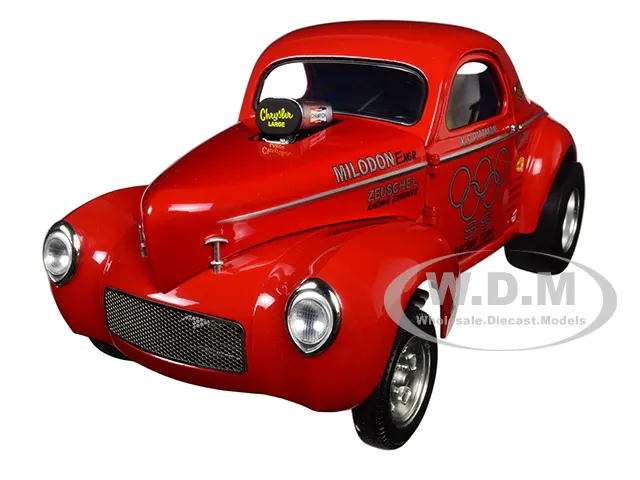
Local hobby shops offer a more personalized shopping experience. You can physically inspect the models before buying them and receive expert advice from knowledgeable staff. Local shops often carry a curated selection of models and may specialize in certain brands or scales. You can build relationships with shop owners and other collectors, creating a sense of community. Hobby shops also offer the opportunity to support local businesses and may have events or discounts. Buying locally can be a rewarding experience, and you can often find unique models that aren’t available online.
Advantages of Buying Locally
Buying diecast models from local hobby shops offers several advantages. You can see and handle the models before purchasing them, ensuring their quality and condition. You can receive expert advice and build relationships with shop owners and other collectors. Local shops often offer personalized service and may have special events or discounts. Supporting local businesses contributes to the community and provides a more engaging shopping experience. Buying locally allows you to avoid shipping costs and potential shipping damage. These benefits make buying from local hobby shops an excellent option.
Building Relationships with Shop Owners
Building relationships with local hobby shop owners can enhance your collecting experience. Shop owners often have extensive knowledge about diecast models and can provide valuable advice. They may be able to help you find rare models or notify you of new arrivals that match your interests. Building a good relationship with shop owners can also lead to exclusive deals and early access to new releases. It fosters a sense of community and makes collecting more enjoyable. By becoming a regular customer and engaging with shop owners, you create a more personal and rewarding experience.
How to Display and Preserve Your Collection
Proper display and preservation are essential for protecting and showcasing your diecast model collection. This includes selecting the right display cases, protecting models from dust and sunlight, and implementing effective cleaning and maintenance routines. By taking these steps, you can keep your models in excellent condition for years to come, increasing their value and your enjoyment of them. Whether you’re a casual collector or a dedicated enthusiast, the effort you put into displaying and preserving your models will be rewarded.
Proper Storage Techniques
When not on display, proper storage is vital for protecting your diecast models. Store models in a cool, dry place away from direct sunlight and extreme temperatures. Use a dust-proof container or cabinet to prevent dust accumulation. If you keep the original packaging, it is a good option for storage as it protects the model from damage. Consider using acid-free tissue paper to wrap the models, preventing scratches. Regularly check your storage area for any signs of moisture or pests. Implementing proper storage techniques will prevent damage and keep your collection in pristine condition for future generations.
Protecting Models from Dust and Sunlight
Dust and sunlight can damage your diecast models over time. Dust can accumulate on the models, making them look dull and potentially scratching the paint. Direct sunlight can cause the paint to fade and the plastic components to become brittle. To protect your models, display them in a dust-proof display case or cabinet. Choose a display location that is away from direct sunlight. Use UV-resistant glass or acrylic in your display case to further protect the models from harmful rays. Regular dusting with a soft brush or cloth will keep your models clean. These measures will prolong the life and preserve the beauty of your models.
Choosing the Right Display Case
The right display case can both protect and showcase your diecast model collection. Display cases come in various sizes, styles, and materials. Consider the amount of space you have available and the number of models you wish to display. Acrylic display cases offer good visibility and protection from dust. Glass display cases provide a more elegant appearance and can be combined with lighting for an impressive display. Choose a display case that is sealed to prevent dust from entering and that offers UV protection. Ensure that the case is stable and secure to prevent accidental damage. The display case adds to the presentation of your collection and provides a secure environment.
Cleaning and Maintenance
Regular cleaning and maintenance are crucial for preserving the appearance of your diecast models. Dust your models regularly using a soft brush or cloth to prevent dust buildup. Avoid using harsh chemicals or abrasive cleaners that can damage the paint. Use a gentle soap solution and a soft cloth to clean any marks or smudges. Check the models for any loose parts or damage and address them promptly. Proper maintenance keeps your models looking their best and ensures their longevity. Cleaning and maintenance will also increase their value.
Safe Cleaning Methods
When cleaning your diecast models, it’s important to use safe cleaning methods. Avoid using harsh chemicals or abrasive cleaners, which can damage the paint and decals. Instead, use a soft brush or a microfiber cloth to remove dust. For tougher grime, use a solution of mild soap and water. Apply the solution gently and wipe the model with a clean, damp cloth. Be sure to dry the model thoroughly after cleaning. Avoid using excessive water and do not submerge the model. Regular, gentle cleaning will keep your models looking their best without causing damage.
Long-Term Preservation
Long-term preservation involves a combination of proper storage, display, and maintenance techniques. Store your models in a cool, dry place away from direct sunlight. Use dust-proof display cases and protect them from UV rays. Handle your models with care and avoid touching them excessively. Regularly inspect your models for any signs of damage or wear and address them promptly. By taking these steps, you can protect your diecast models for generations. Long-term preservation helps maintain the value and enjoyment of your collection. With proper care, your models can stay in excellent condition for many years to come.
